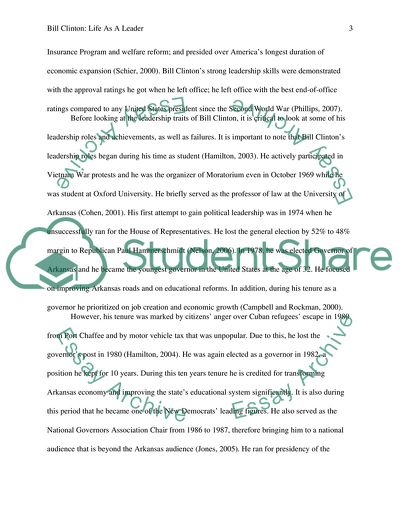Cite this document
(Bill Clinton Life as a Leader: Leadership Traits Term Paper, n.d.)
Bill Clinton Life as a Leader: Leadership Traits Term Paper. Retrieved from https://studentshare.org/human-resources/1784148-bill-clinton-life-as-a-leader
Bill Clinton Life as a Leader: Leadership Traits Term Paper. Retrieved from https://studentshare.org/human-resources/1784148-bill-clinton-life-as-a-leader
(Bill Clinton Life As a Leader: Leadership Traits Term Paper)
Bill Clinton Life As a Leader: Leadership Traits Term Paper. https://studentshare.org/human-resources/1784148-bill-clinton-life-as-a-leader.
Bill Clinton Life As a Leader: Leadership Traits Term Paper. https://studentshare.org/human-resources/1784148-bill-clinton-life-as-a-leader.
“Bill Clinton Life As a Leader: Leadership Traits Term Paper”. https://studentshare.org/human-resources/1784148-bill-clinton-life-as-a-leader.


